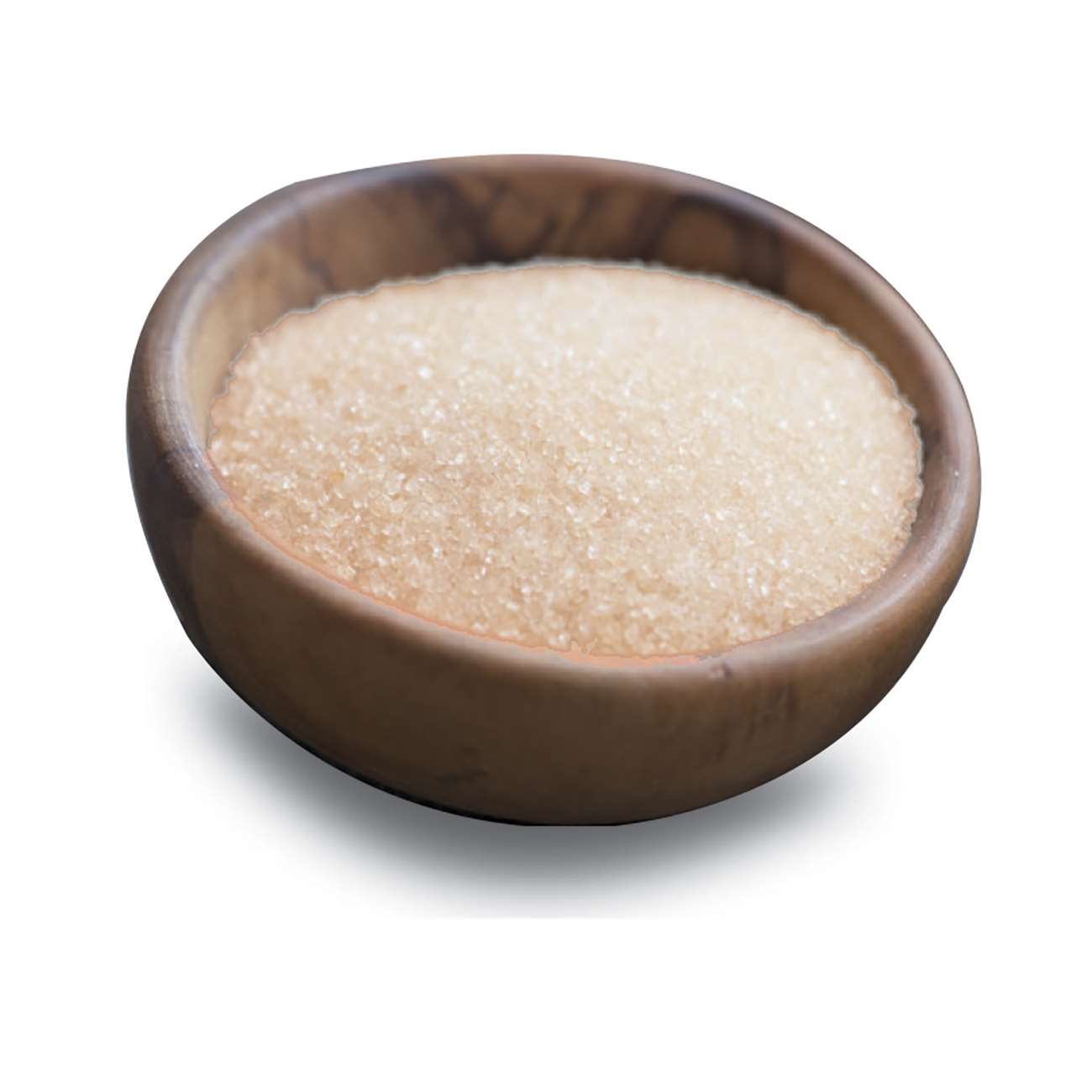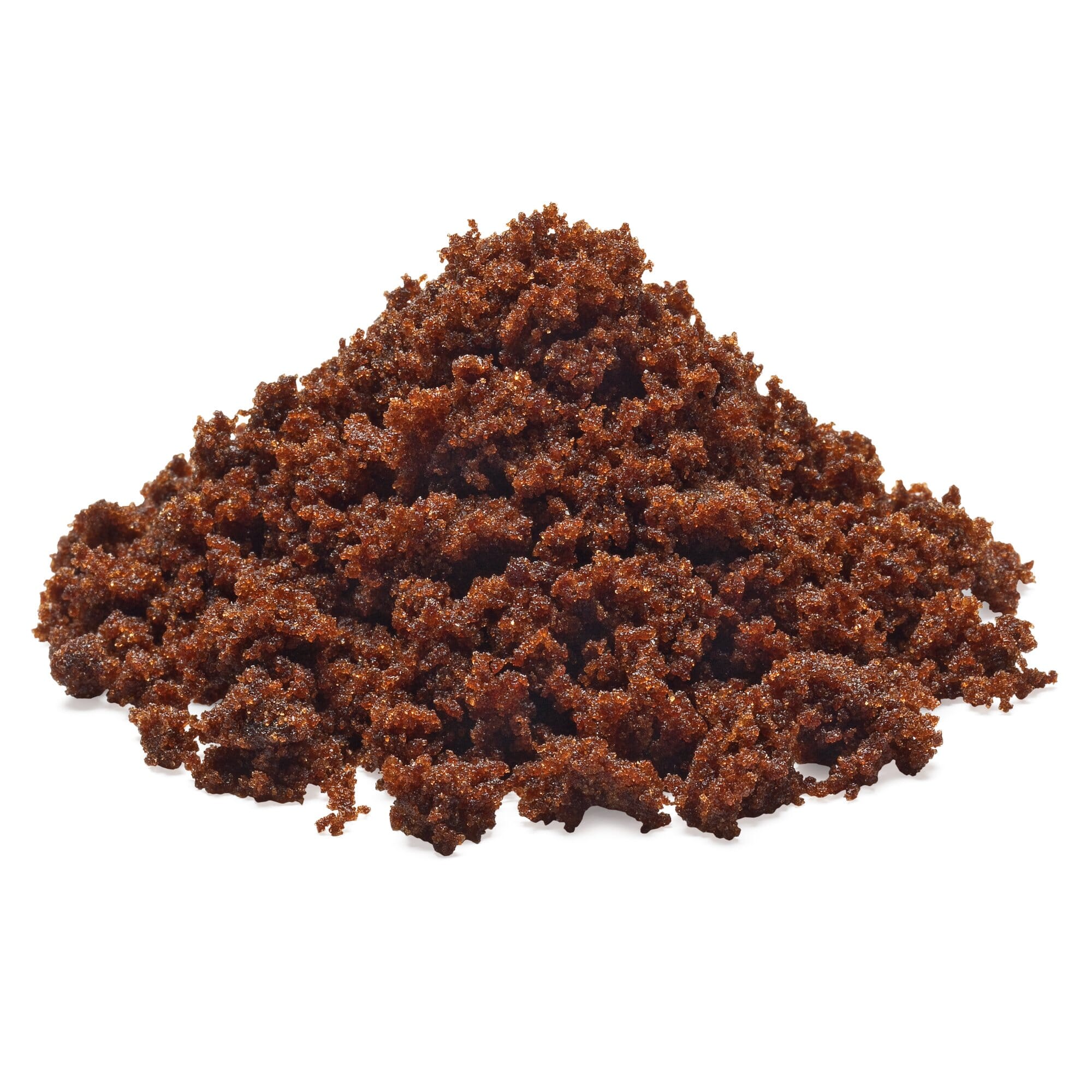A Thorough Guide to the Ecological Impact and Sustainability Practices in Walking Cane Sugar Processing
The ecological impact of walking cane sugar processing provides a complex selection of challenges that warrant mindful examination. From dirt destruction and excessive water usage to the carbon impact related to growing and manufacturing, the consequences of typical practices are significant. In comparison, the adoption of cutting-edge sustainability actions offers a path toward much more accountable manufacturing methods. Understanding the interplay in between these issues is important for stakeholders in the industry. What certain practices can be executed to strike a balance between efficiency and ecological stewardship? The answers hinge on a more detailed consider both the challenges and potential services.
Summary of Walking Cane Sugar Handling
Walking stick sugar processing involves a collection of organized actions that transform sugarcane into refined sugar. Initially, collected sugarcane is carried to processing facilities, where it undertakes cleansing to eliminate soil and particles. Following this, the walking cane is squashed to draw out juice, which is then made clear by eliminating pollutants through home heating and the enhancement of lime.
The made clear juice undergoes dissipation, where water is removed to focus the sugar content. These crystals are separated from the continuing to be syrup utilizing centrifugation, resulting in raw sugar.
The last product is after that dried out and packaged for distribution. Throughout this whole procedure, keeping effectiveness and quality assurance is necessary to make certain the sugar meets sector standards. Each action in cane sugar processing not just adds to the last product but likewise has effects for source usage and waste generation, establishing the stage for discussions on sustainability and environmental influences connected with sugar production.
Environmental Difficulties of Manufacturing
The production of walking stick sugar offers numerous significant environmental challenges that warrant interest. One key problem is the considerable use agrochemicals, including fertilizers and chemicals, which can lead to soil degradation, biodiversity loss, and contamination of neighborhood water resources. The drainage from sugarcane areas typically brings these chemicals into close-by ecological communities, disrupting water life and influencing the wellness of neighborhoods reliant on these water bodies.
One more difficulty is the high energy consumption associated with sugarcane processing. The boiling and refining phases need considerable heat, primarily generated by melting fossil gas, contributing to greenhouse gas emissions. Additionally, the extensive land location required for sugarcane cultivation can bring about logging and habitat damage, additional worsening climate change and harmful wild animals.
Additionally, the labor methods in some regions elevate honest issues, as workers might encounter bad working problems and insufficient wages. This scenario commonly continues a cycle of poverty in neighborhood neighborhoods. Cane Sugar Processing. Dealing with these ecological difficulties is essential for creating a lot more sustainable methods in walking stick sugar manufacturing, inevitably profiting both the setting and the communities associated with this market
Water and Land Use Influence
Water sources and land utilization are essential elements in the walking cane sugar industry that dramatically influence the environment. The farming of sugarcane requires considerable water input, with price quotes suggesting that it can take in approximately 2,000 liters of water per kilo of sugar created. This intensive use water typically leads to exhaustion of neighborhood water resources, affecting not just the sugarcane ranches yet likewise surrounding communities and areas that depend on the very same water sources anchor for farming and residential usage.

Moreover, land usage for sugarcane growing can bring about deforestation and the conversion of natural habitats into monoculture ranches. This method lessens biodiversity, interferes with regional environments, and adds to dirt destruction. The development of sugarcane areas usually encroaches on valuable agricultural land, creating competition for resources between food and biofuel production.
Sustainable practices, such as optimizing watering strategies and implementing crop rotation, are important to alleviate these effects. By embracing much more efficient water use and land monitoring approaches, the walking cane sugar market can decrease its environmental impact, making certain an equilibrium between farming productivity and ecological conservation.
Greenhouse Gas Emissions
Greenhouse gas exhausts stand for a considerable environmental concern within the walking stick sugar handling industry, specifically as farming practices increase to satisfy global need. The cultivation of sugarcane, a plant that grows in tropical environments, relies greatly on synthetic plant foods and pesticides, which add to nitrous oxide exhausts. Furthermore, land-use changes, including logging for new sugarcane plantations, launch co2 kept in vegetation and dirt.
During processing, energy consumption is one more significant resource of greenhouse gas exhausts - Cane Sugar Processing. Several sugar mills utilize fossil fuels to power machinery and produce warmth, resulting in significant carbon footprints. Moreover, the transport of raw sugarcane and completed items includes layers of discharges with gas burning in vehicles
The advancing impact of these discharges worsens climate modification, positioning dangers not only to the environment but also to the long-lasting stability of the sector. Stakeholders must identify the immediate requirement for detailed techniques that deal with these emissions. This involves assessing current farming techniques, processing methods, and transport systems to recognize areas for improvement and reduction. Resolving greenhouse gas discharges is important for promoting a more sustainable walking stick sugar industry in an altering climate.

Sustainable Practices and Innovations
Lasting methods and advancements are increasingly essential in the walking stick sugar handling industry as stakeholders seek to lower environmental influences while maintaining efficiency. One substantial improvement is the execution of integrated plant monitoring, which optimizes source usage by combining soil monitoring, pest control, and crop rotation strategies. This approach improves yield while lessening other chemical inputs and preserving soil health and wellness.
Moreover, the adoption of renewable resource resources, such as biomass from sugarcane deposits, has acquired grip - Cane Sugar Processing. By transforming waste products right into power, processing centers can reduce their dependence on nonrenewable fuel sources, consequently reducing greenhouse gas emissions
Water management techniques have actually additionally seen renovations through the recycling and reusing of water in handling plants, considerably reducing freshwater intake. Advancements in innovation, such as accuracy agriculture, make it possible for farmers to keep an eye on plant health and source use a lot more properly, guaranteeing lasting farming practices.
Additionally, certification programs like Fair Trade and Rain forest Partnership motivate eco responsible farming practices and promote social equity within the supply chain. By embracing these lasting techniques and technologies, the cane sugar handling sector can improve its resilience and add favorably to environmental stewardship.
Conclusion
The environmental impact of walking stick sugar processing presents significant obstacles, consisting of dirt deterioration, high water usage, and greenhouse gas emissions, along with ethical issues related to labor methods. Addressing these issues via lasting techniques, such as incorporated plant monitoring, renewable resource adoption, and water recycling, is essential. By promoting eco liable and socially equitable techniques in sugar manufacturing, the industry can reduce its damaging effects, making certain a more sustainable future for both communities and ecological communities involved in this industry.
Cane sugar processing involves a collection of organized steps that change sugarcane right into polished sugar. Each step in cane sugar processing not just adds to the final item yet additionally has implications for source usage and waste generation, establishing the phase for discussions on sustainability and ecological influences connected with click here to find out more sugar production.
Greenhouse gas emissions stand for a significant environmental worry within the walking cane sugar processing industry, especially as farming methods broaden to meet global need.Sustainable methods and technologies are significantly vital in the walking stick sugar handling market as stakeholders seek to minimize environmental effects while preserving efficiency.The environmental effect of cane sugar processing provides substantial difficulties, consisting of soil degradation, high water usage, and greenhouse gas discharges, together with moral problems related to labor practices.